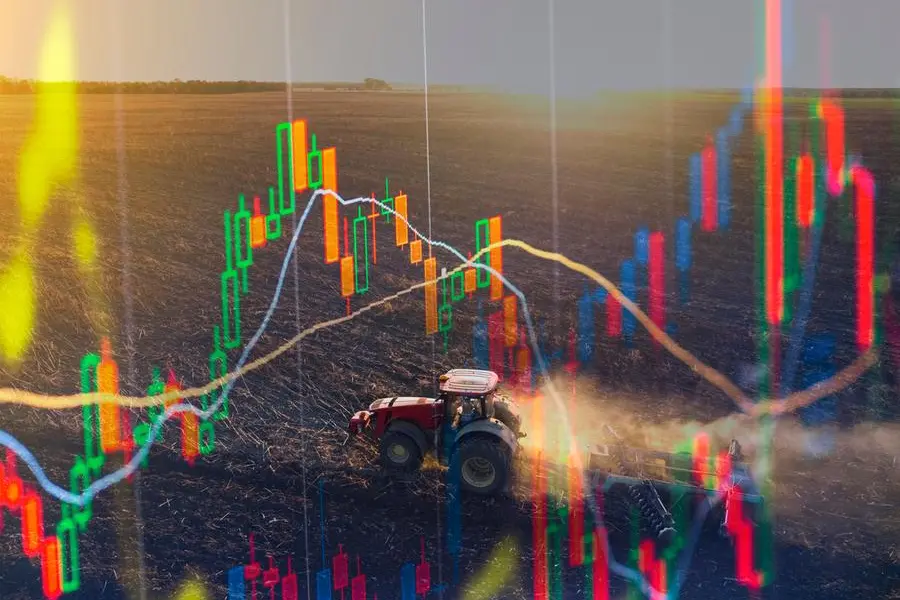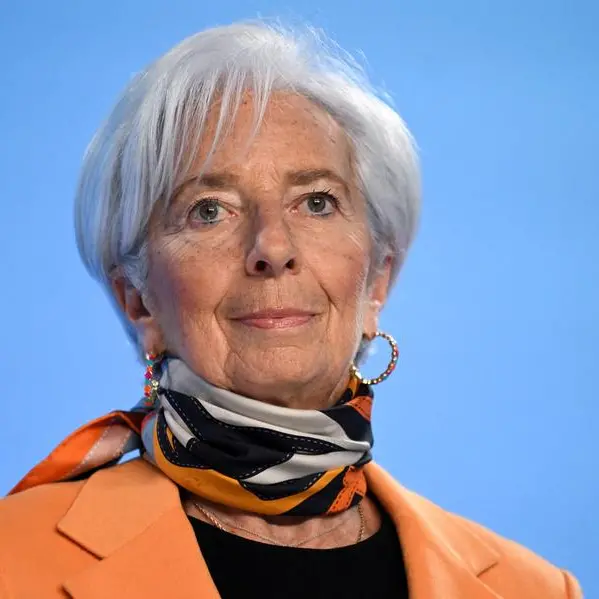PHOTO
Image used for illustrative purpose.Getty Images
Global food prices dropped for the tenth consecutive month in January, the Food and Agriculture Organisation of the United Nations (FAO) said on Friday.
Tracking monthly changes in the global prices of commonly traded food commodities, the latest index averaged 131.2 points in January, falling 0.8% since December. FAO reported small price decreases on its latest meat and sugar indices.
"Strong harvest progress in Thailand and favourable weather conditions in Brazil outweighed the impact on sugar prices due to concerns over lower crop yields in India, higher gasoline prices in Brazil, which support demand for ethanol, as well as the Brazilian real’s appreciation against the US dollar," the report stated.
At the same time, vegetable oil prices fell 2.9%, stemming from subdued global import demand for palm and soy oils and ample export availabilities of sunflower seed and rapeseed oils. Cereal prices remained essentially unchanged since December.
International wheat prices fell for the third consecutive month. The 2.5% decrease relates to Australia and Russia outpacing production expectations. Meanwhile, slightly higher global maize prices were rooted in a strong demand for exports from Brazil and concerns over dry conditions in Argentina.
Cheese became slightly more expensive despite dairy prices averaging 1.4% lower than in December, which came after lighter demand from leading importers and increased supplies from New Zealand. Currency movements drove the price increase alongside a recovery in food services and retail sales in Western Europe following the New Year holiday.
Global rice prices climbed 6.2% from December, triggered by tighter availabilities. Other factors included strong local demand in some Asian exporting countries and exchange rate movements.
In its latest Cereal Supply and Demand Brief, FAO expects international trade in cereals in the 2022/23 period to decline by 1.7% from the previous year’s record level of 474 million tons.
Early indications point to likely area expansions for winter wheat cropping in the Northern Hemisphere. However, higher costs may affect the amount of fertiliser that can be applied to crops, with adverse implications for yields.
Record planting is forecast for India, spurred by high market and support prices, and relatively high planting is projected in Pakistan as standing water from the 2022 floods is causing less hindrance than initially anticipated, stated the FAO report.
In the Southern Hemisphere countries, most of the 2023 coarse grain crops have been sown. Brazil may post record maize plantings, while those in Argentina could decrease due to low soil moisture levels and weather conditions augur well for maize yield prospects in South Africa, it added.
Copyright 2022 Al Hilal Publishing and Marketing Group Provided by SyndiGate Media Inc. (Syndigate.info).























